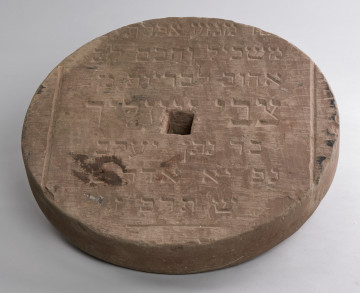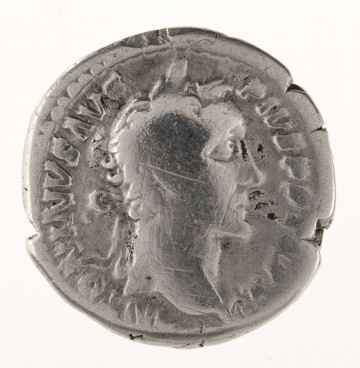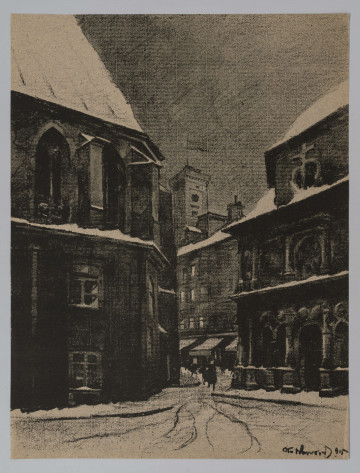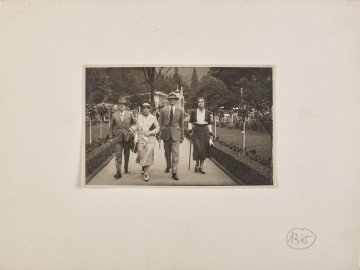
The grinding wheel
non ante 1939
Museum of the history of Polish Jews
There are about 1200 Jewish cemeteries in Poland. Most of them are destroyed to various degrees, very often without tombstones, built over or constituting green areas. The destruction of Jewish cemeteries on an unprecedented scale began during World War II. On orders from the Germans, matzevot (Hebrew for "grave monuments") were used to pave roads and squares and as building material. The cemeteries were used as forced labor camps (Auschwitz, Płaszów), sports facilities (Gniewkowo, Wiżajny), storage yards (Łódź), garden farms (Ostrów Wlkp., Zamość) and even latrines (Ciechanów, Piotrków Trybunalski). Some cemeteries were devastated as a result of military operations.
The extermination of Jewish cemeteries was actively participated - with or without the consent of the authorities - by part of the local population. This process began during World War II and continues to this day. The post-war Polish state played a significant role. In the years of the Polish People's Republic, the authorities designated dozens of Jewish cemeteries for development, for green areas, farmland, gravel mines, markets, playing fields and swimming pools. As a result of the destruction, hundreds of thousands of tombstones were found outside the cemeteries. They were used as material for houses, barns and farm buildings; they were used as paving slabs, stair treads and cloacal pits. The properties of sandstone meant that after cutting a circle out of the slab, punching a square hole in its central part and mounting it on an axle with a crank, matzevot were turned into grinding wheels called wheelbarrows, sharpeners, turning wheels, tochkens or brusks. Matzevot were also used to make small whetstones for scythes and knives.
Matzevot were also used as tombstones in cemeteries of various denominations, after the original inscriptions had been erased and a new one forged. This practice was encouraged by the communist authorities, who officially sold stone materials from so-called Jewish cemeteries.
Almost every few weeks, the Polish media report new cases of finding reused matzevot. Most often, they are transported to the nearest Jewish cemetery or donated to museum collections.
The problem has been publicised by Łukasz Baksik, who in 2008-2012 photographed matzevot which were reused for various purposes, such as building material, grinding wheels or paving slabs. His work resulted in the album Matzevot of Everyday Use, a photography exhibition and numerous press articles. The issue also became a part of Katarzyna Freino's project Walls and Sandpits, in which the author drew attention to tombstones from cemeteries of various denominations, which were used as building material in Szczecin after 1945.
See: Krzysztof Bielawski, "Zagłada cmentarzy żydowskich (Destruction of Jewish Cemeteries)", Warsaw 2020.

151 — 152
National Museum in Lublin

1915
National Museum in Lublin

1930 — 1939
Castle Museum in Łańcut
DISCOVER this TOPIC
National Museum in Lublin
DISCOVER this PATH
Educational path